Angry protests broke out and shock rippled through Afghanistan on February 21 when accounts surfaced that NATO personnel at Bagram Air Base had burned a number of Korans and were preparing to burn more. A NATO spokesman said the books were inadvertently sent for incineration after being gathered at a detention facility for suspected insurgents. The incident brought nearly a week of strong anti-American demonstrations in which 30 people, including American troops were killed and many others wounded. Despite President Obama's letter of apology to President Hamid Karzai, the violence escalated. Two American soldiers were shot dead inside the Interior Ministry building in Kabul on Feb. 25. On Feb. 27, two suicide attackers detonated a car bomb at the entrance to a NATO air base in eastern Afghanistan. The Taliban claimed responsibility for the bombing as revenge for the burning of the Korans. While the violence raged, Afghan civilians faced harsher than usual winter weather and cold temperatures in which more than 40 people, mostly children, have frozen to death. -- Paula Nelson

Afghan demonstrators show copies of the Koran allegedly set alight by US soldiers, during a protest against Koran desecration at the gate of Bagram airbase, Feb. 21, 2012 at Bagram, north of Kabul. The copies of the burned Korans and Islamic religious texts were obtained by Afghan workers contracted to work inside Bagram air base, and presented to demonstrators gathered outside the military installation.(Shah Marai/AFP/Getty Images)

Afghan demonstrators shout anti-US slogans at the gate of Bagram airbase during a protest against Koran desecration, Feb. 21, 2012. Afghan protestors firing slingshots and petrol bombs besieged one of the largest US-run military bases in Afghanistan, furious over reports that NATO had set fire to copies of the Koran. (Shah Marai/AFP/Getty Images) #

An Afghan man aims a slingshot toward US soldiers at the gate of Bagram airbase during a protest against Koran desecration, Feb. 21, 2012. Guards at Bagram airbase responded by firing rubber bullets from a watchtower as the crowd shouted "Allahu akbar, Allahu akbar" (God is greater). (Shah Marai/AFP/Getty Images) #
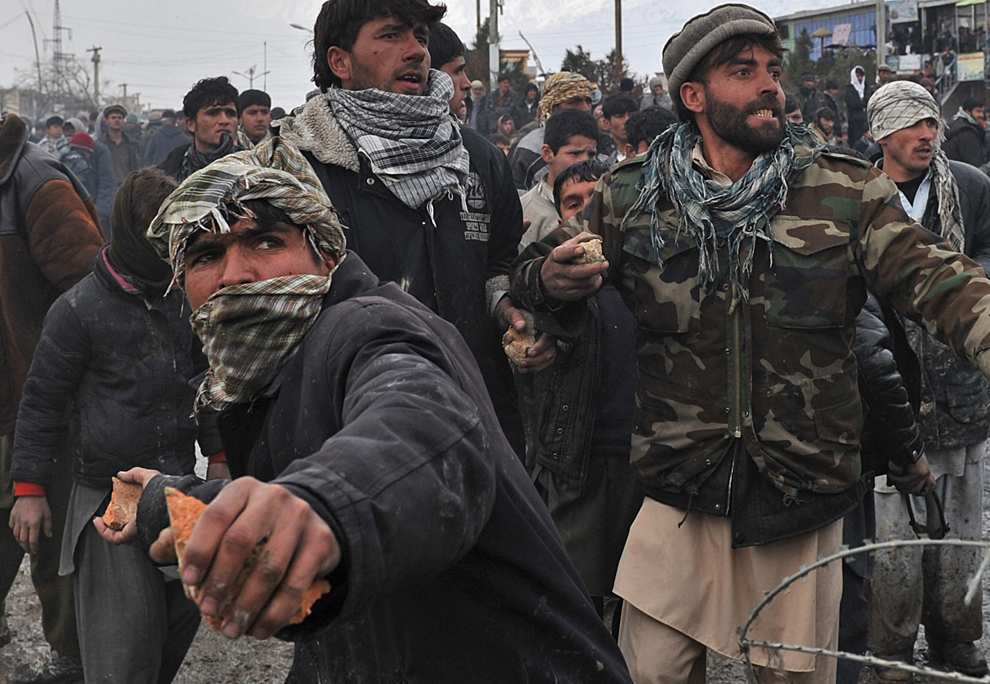
Afghan youth throw stones toward US soldiers standing at the gate of Bagram airbase, Feb. 21, 2012. Afghan protestors firing slingshots and petrol bombs besieged one of the largest US-run military bases in Afghanistan, furious over reports that NATO had set fire to copies of the Koran. (Massoud Hosssaini/AFP/Getty Images) #
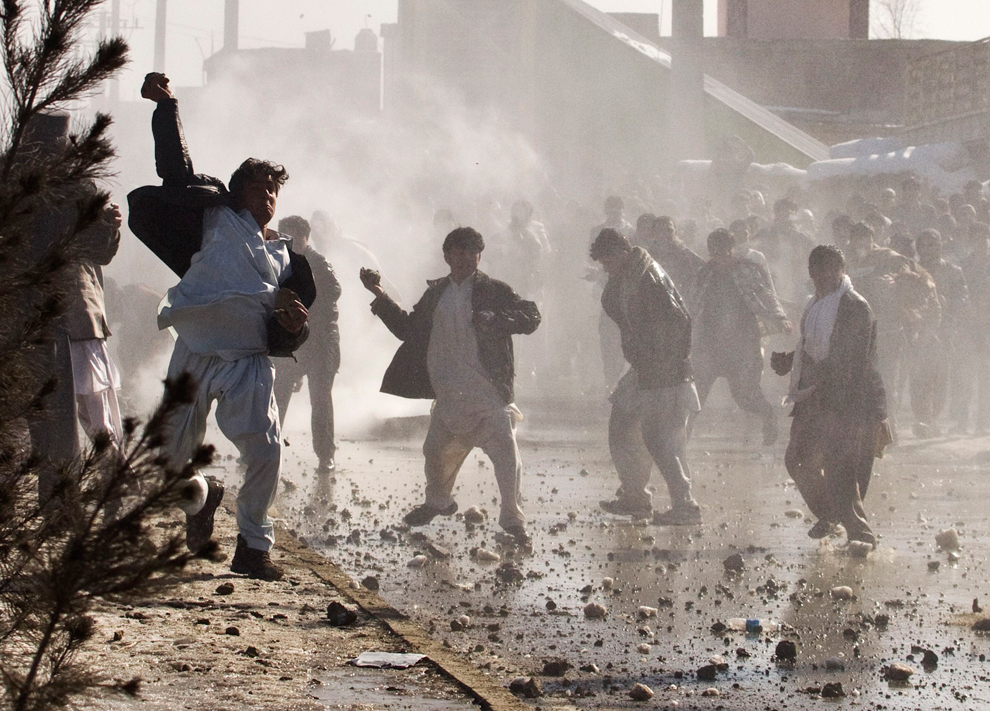
Afghan protesters throw rocks towards a water canon near a U.S. military base in Kabul, Feb. 22, 2012. Several people were wounded when shots were fired as hundreds of angry Afghans gathered in a second day of violent clashes after copies of the Koran, Islam's holy book, were burned at NATO's main base in Afghanistan. (Ahmad Masood/Reuters) #
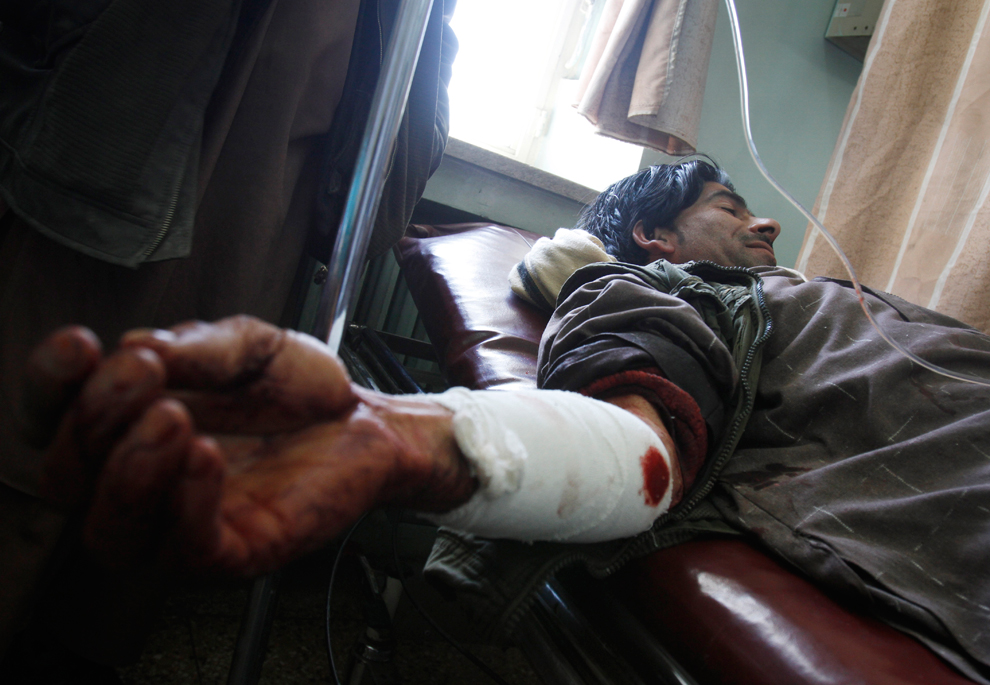
An Afghan man who was wounded during an anti-US demonstration lies on a gurney bed at the hospital in Kabul, Feb. 22, 2012. Anti-American demonstrations erupted on the outskirts of Kabul for a second day over an incident that the U.S. said was inadvertent burning of Muslim holy books at a military base in Afghanistan. (Ahmad Jamshid/Associated Press) #

Afghan policemen form a line outside the American military base during an anti-US demonstration in Mehterlam, Laghman province east of Kabul, Afghanistan, Feb. 23, 2012. Afghan police fired shots in the air to disperse hundreds of protesters who tried to break into the military base. (Rahmat Gul/Associated Press) #
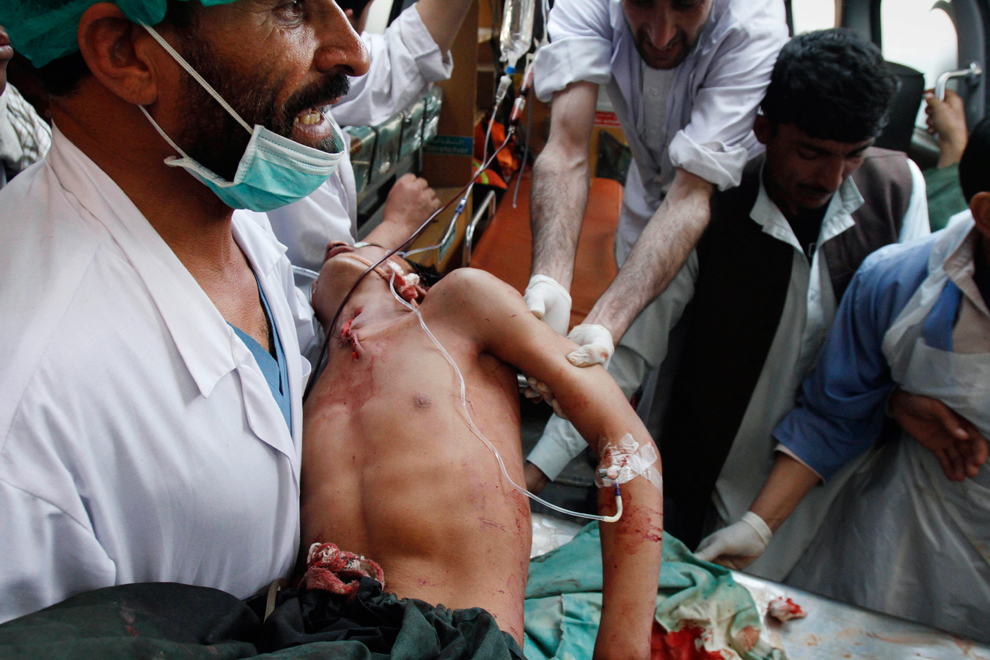
An Afghan medic carries a protestor wounded during an anti-U.S. demonstration in Mehterlam, Laghman province east of Kabul, Feb. 25, 2012. Protesters threw rocks at police, government buildings and a U.N. office in eastern Afghanistan on a fifth day of riots sparked by the burning of Korans at a U.S. base. (Rahmat Gul/Associated Press) #
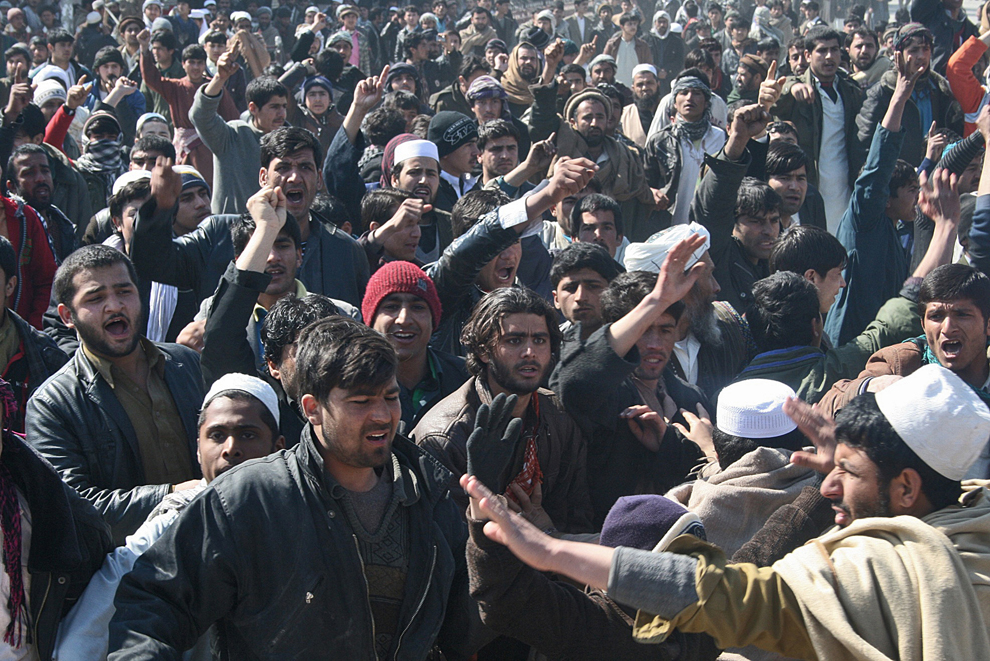
Afghan demonstrators shout anti US-slogans during a protest against Koran desecration in Kunduz, Feb. 25, 2012. Rock-throwing protesters attacked a UN compound and clashed with police in northern Afghanistan February 25, as a fifth day of protests over the burning of Korans. Thousands attacked the complex in Kunduz as violence flared across the city. The death toll rose to 27 from protests over the burning of Korans by troops from the US-led NATO force. (Gulrahim/AFP/Getty Images) #
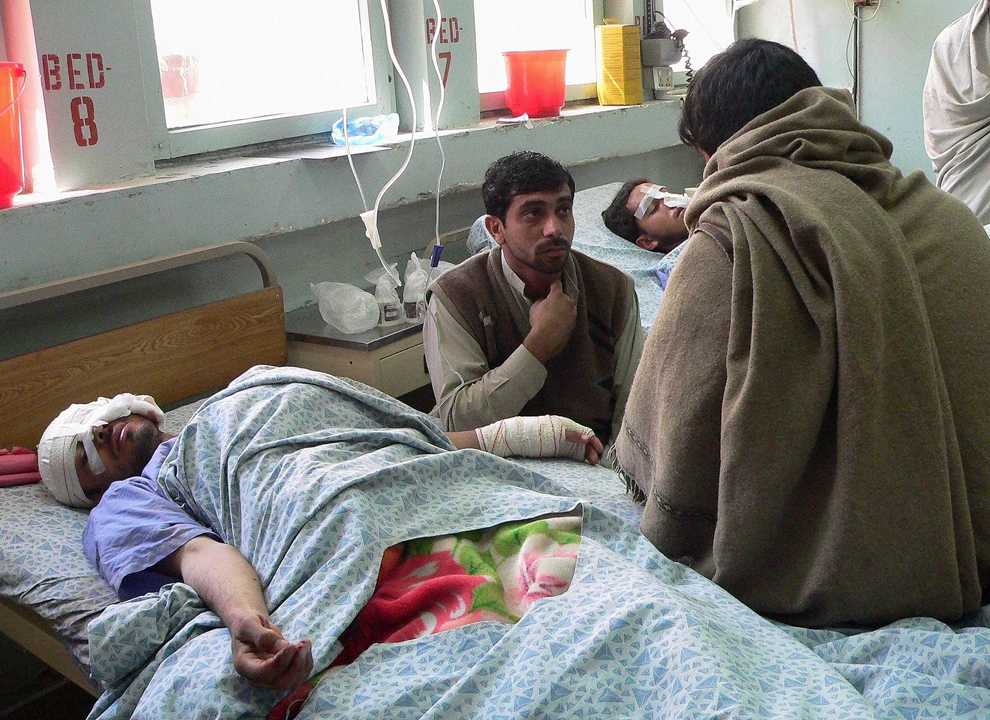
Wounded Afghan men receive treatment at a hospital after a suicide attack in the city of Jalalabad in Nangarhar province, Feb. 27, 2012. A suicide car bomber killed at least nine people and wounded eight others, targeting a NATO base at Jalalabad airport in eastern Afghanistan, police said. Taliban insurgents claimed the attack, saying it was in revenge for the burning of Korans at a US military base. (Noorullah Shirzada/AFP/Getty Images) #
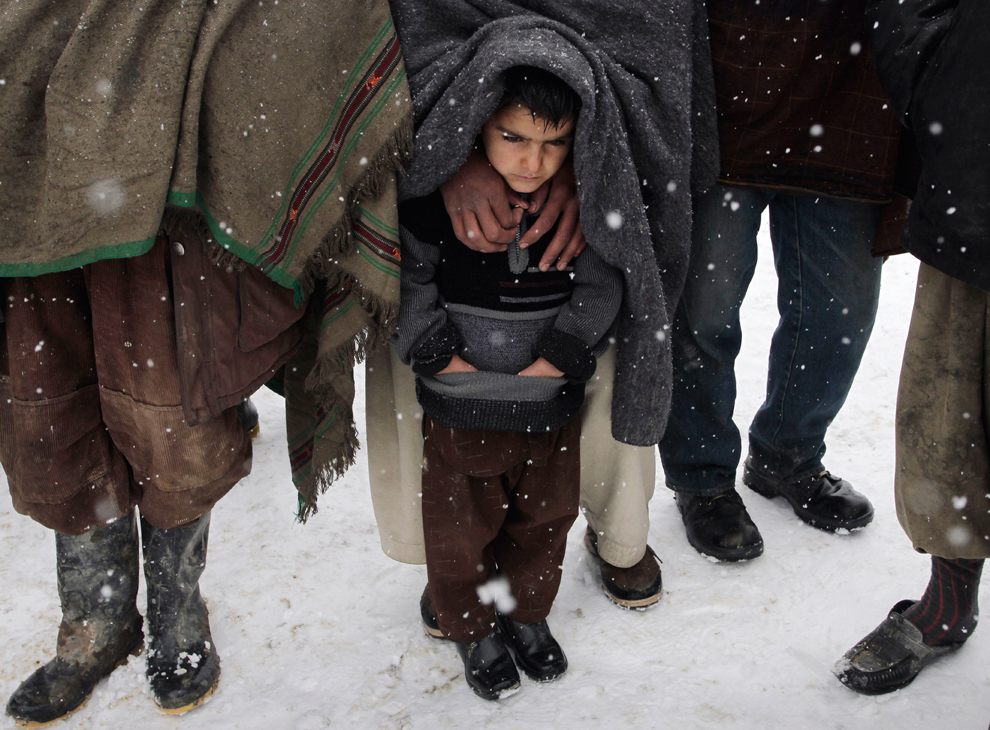
A child stands with his father as they wait to receive blankets and winter jackets from Welthungerhilfe, a German NGO, during a snow fall at a camp for internally displaced Afghans in Kabul, Afghanistan, Feb, 20. 2012. More than 40 people, most of them children, have frozen to death in what has been Afghanistan's coldest winter in years, an Afghan health official said. (Musadeq Sadeq/Associated Press) #

An elderly Afghan man rides his bicycle as snow falls in Kabul, Feb. 20, 2012. Harsh winter weather has killed at least 40 children in Afghanistan in a month, two dozen of them in refugee camps in Kabul, and aid groups warn of more deaths as temperatures keep falling. Twenty-four children lost their lives in the camps on the outskirts of the capital which house thousands of Afghans fleeing war and Taliban intimidation in southern Afghanistan. (Shah Marai/AFP/Getty Images) #
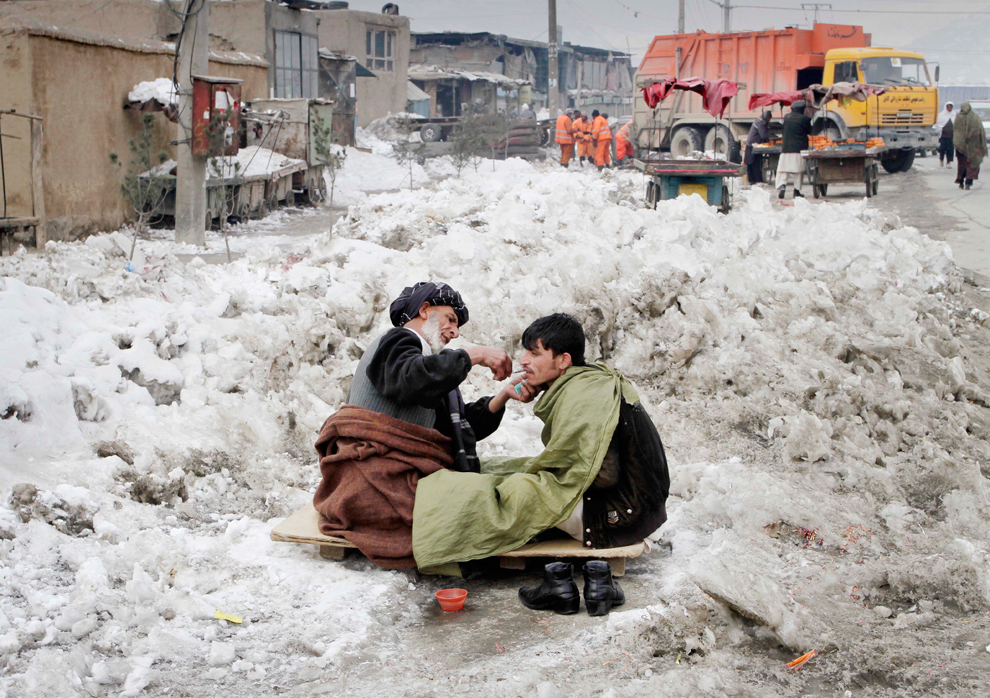
An Afghan street barber sits on a plank in the snow as he trims the mustache of a customer in Kabul, Feb. 9, 2012. The National Weather Center meteorologist Abdul Qadir Qadir said temperatures in Kabul dipped as low as -16 Celsius (3 Fahrenheit), with the lowest temperature previously on record at -17C (1F), recorded about 15 years ago. The coldest temperature on record for Kabul was -26C (-14.8 F) and was recorded 40 years ago, he said. (Musadeq Sadeq/Associated Press) #

An Afghan man chooses fire wood to buy in Kabul, Feb. 9, 2012. The cold, combined with about 50 centimeters (19.6 inches) of snow, caused power blackouts and iced over most of the capital's roads. The bad weather also caused a sharp increase in demand for wood, the main fuel used by the city's five million or more residents to heat their homes. (Musadeq Sadeq/Associated Press) #
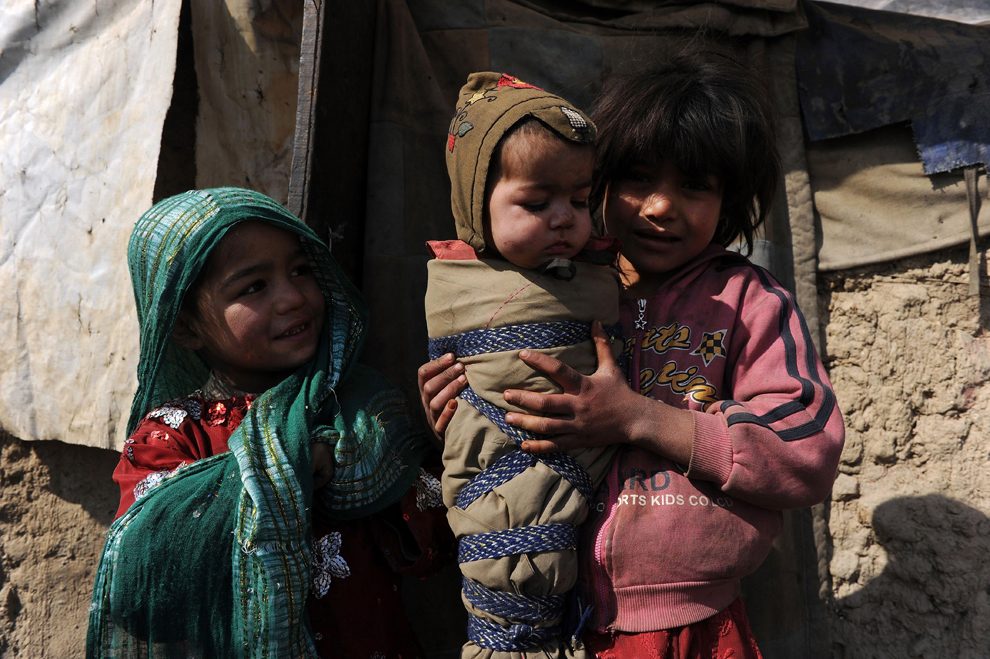
An internally displaced Afghan girl from Helmand province holds her brother as she and another girl stand outside a mud shelter for the displaced at the Charhi Qambar refugee camp on the outskirts of Kabul, Feb. 6, 2012. Fleeing NATO bombardment and Taliban intimidation, thousands of Afghans in refugee camps in Kabul have faced a new enemy: an unusually bitter winter that is killing their children. (Shah Marai/AFP/Getty Images) #





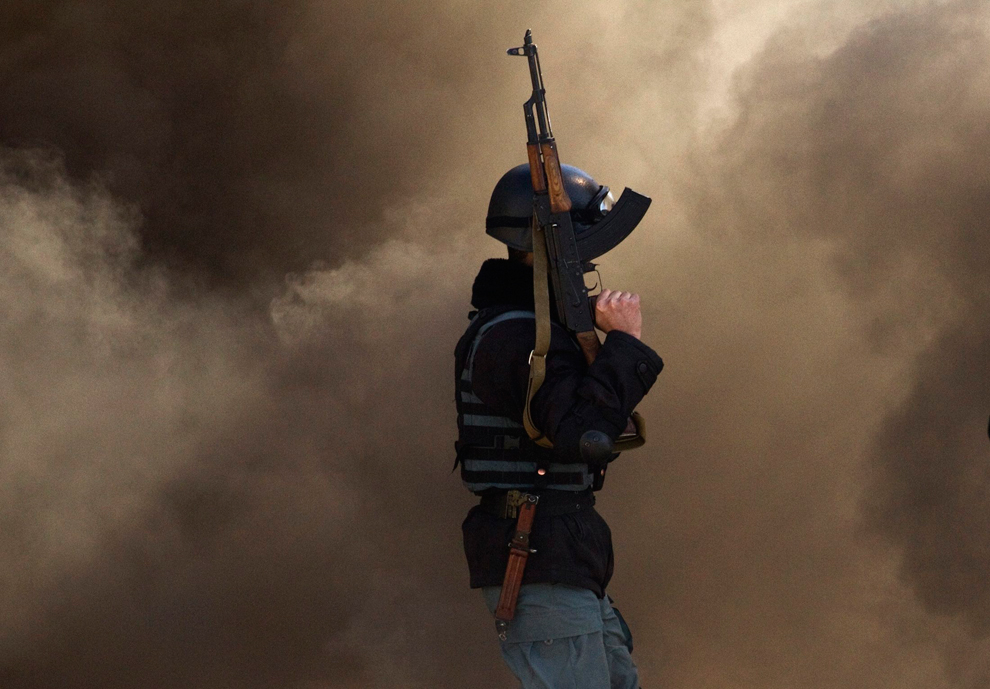
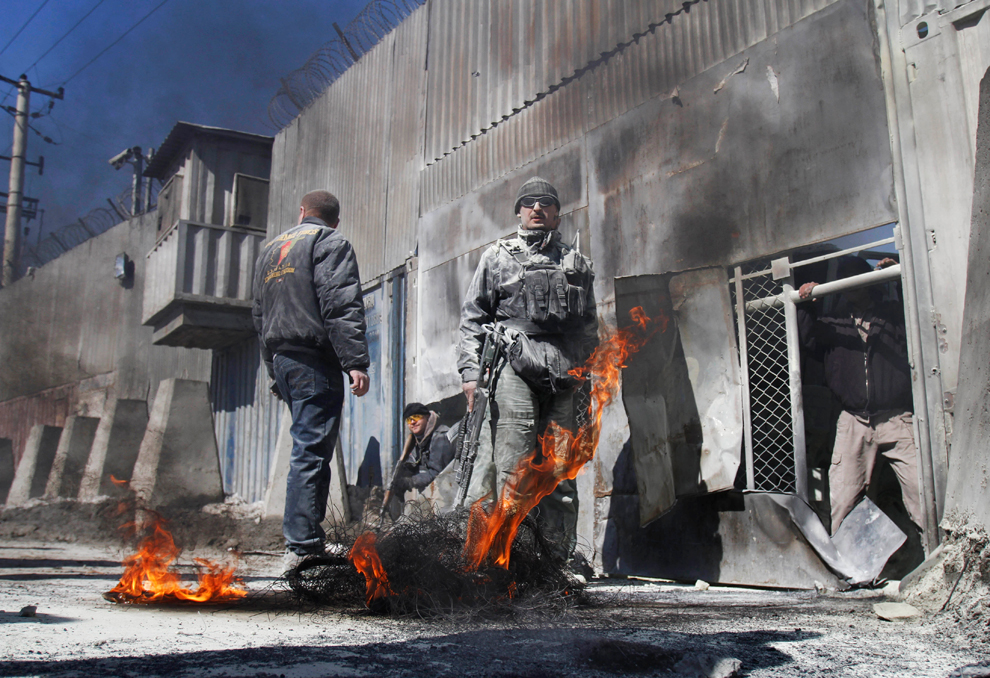

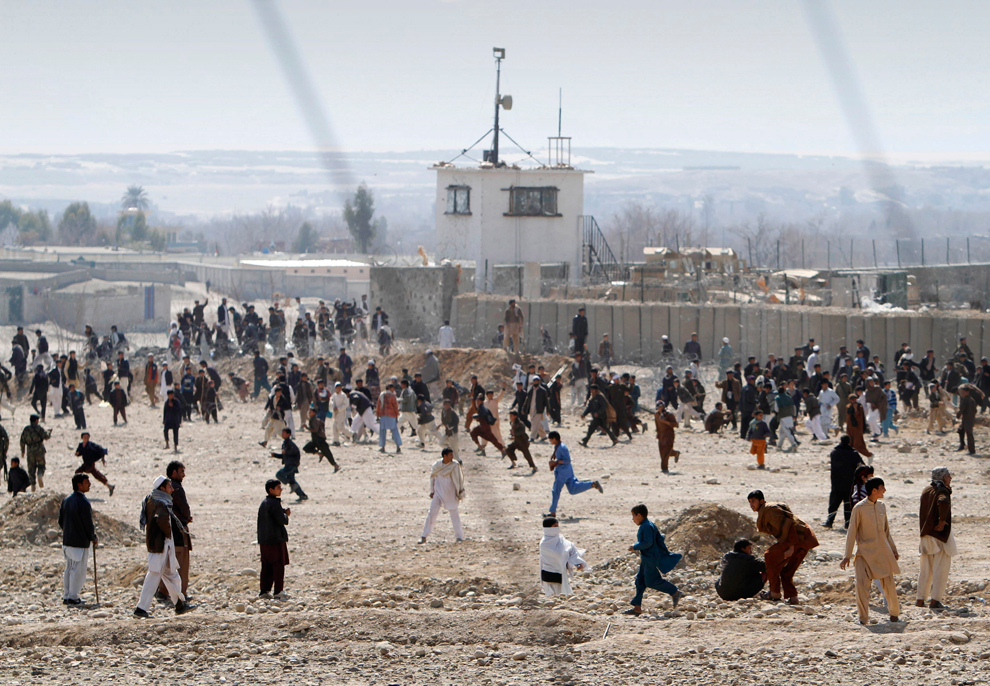
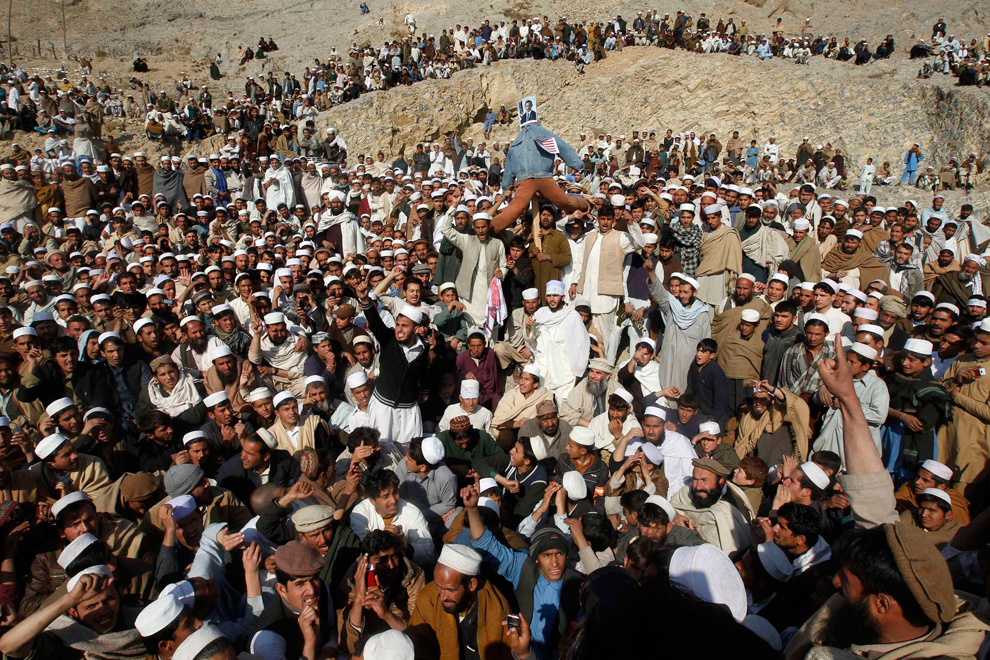
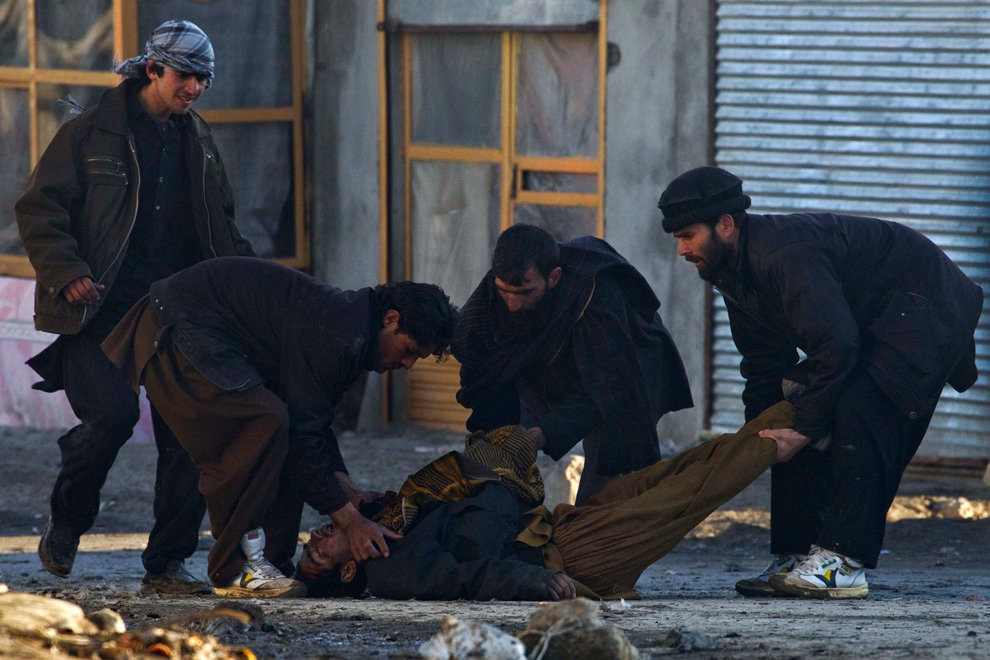
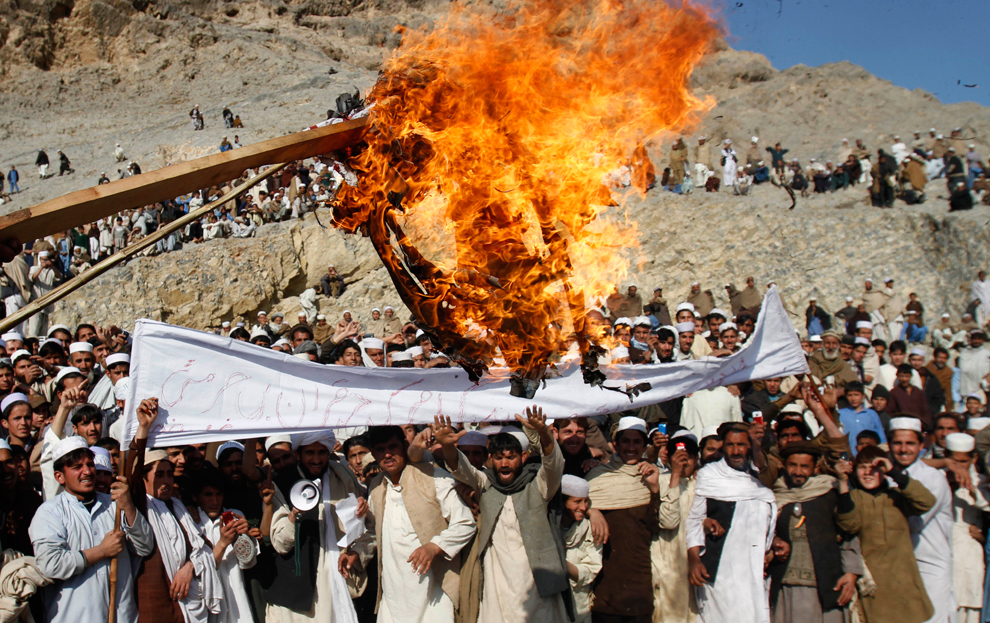
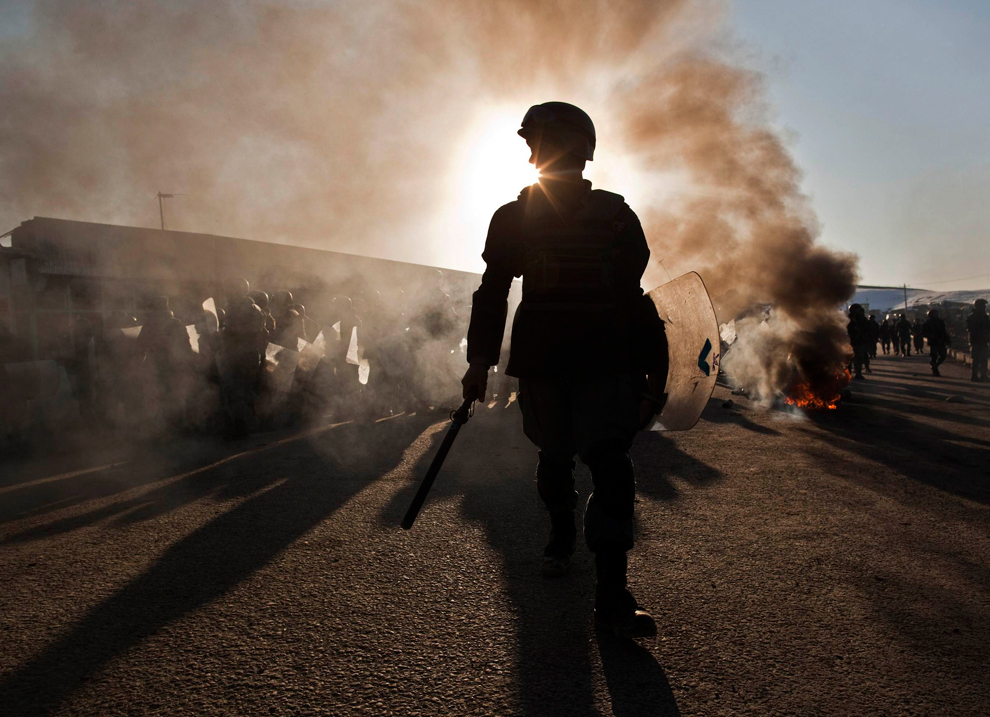


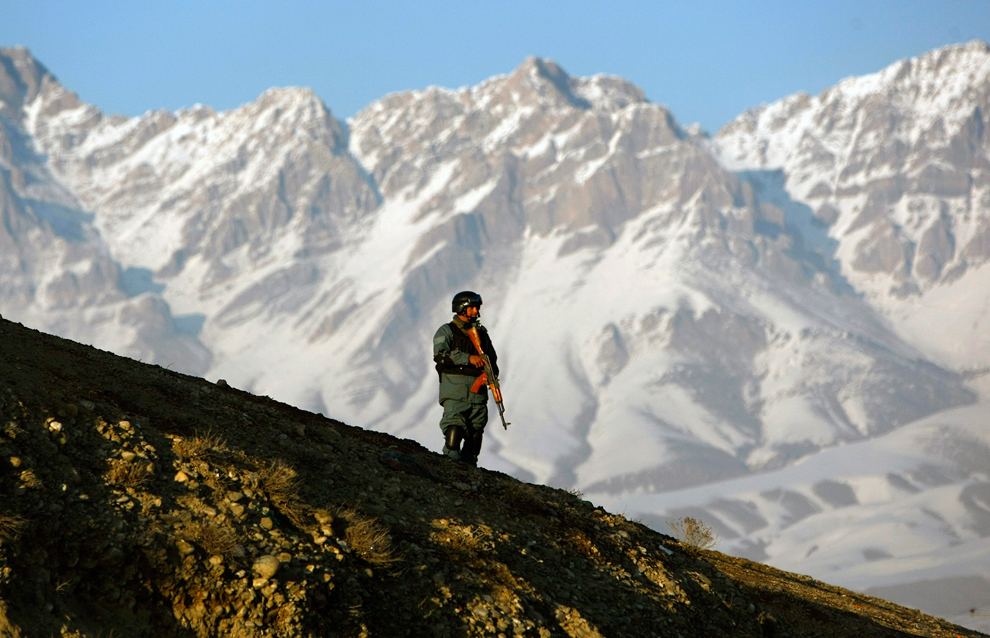
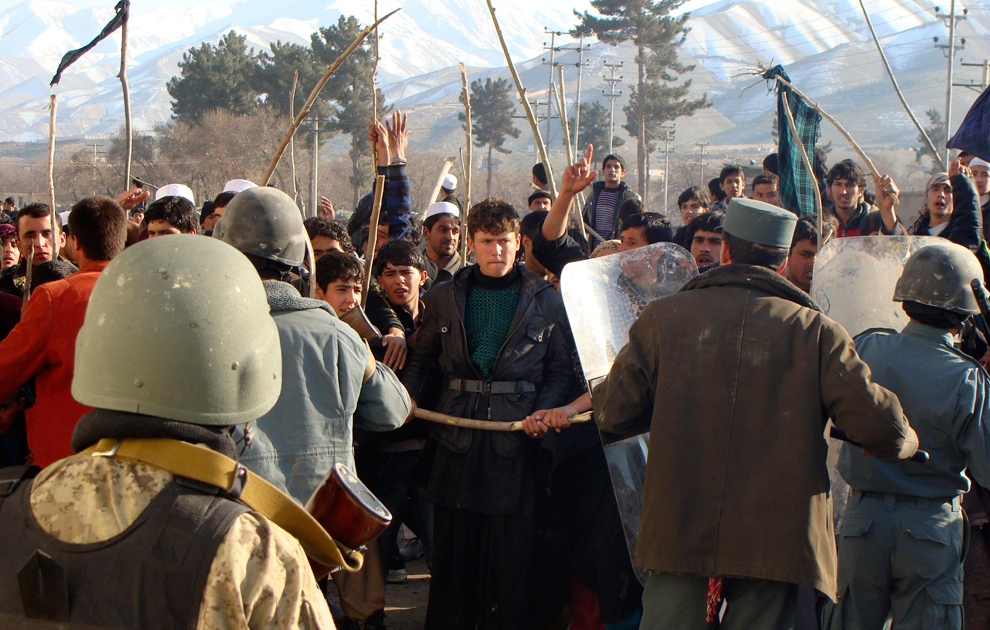
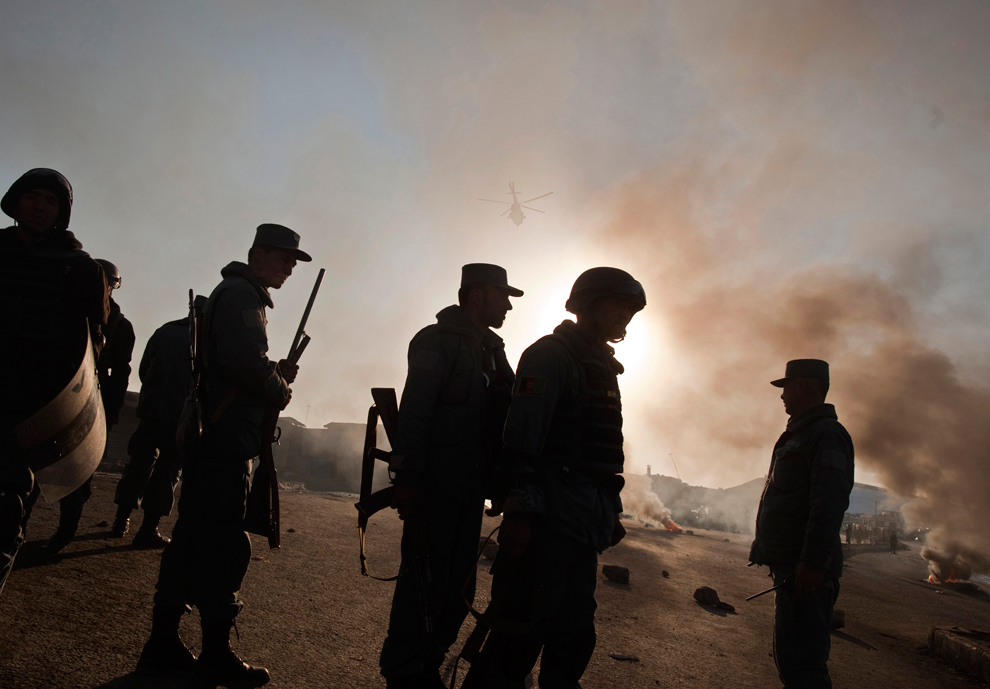


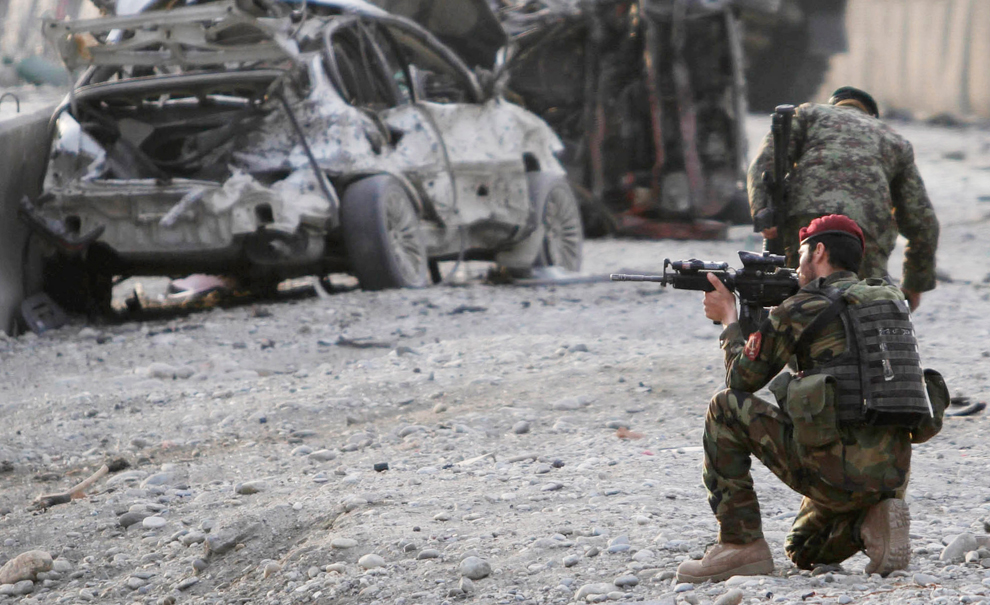

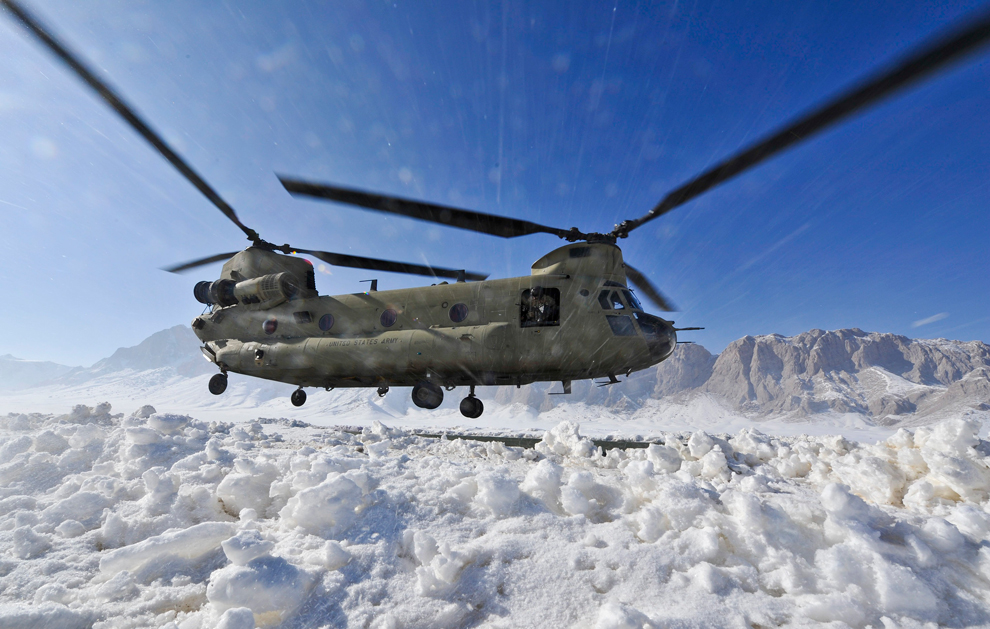

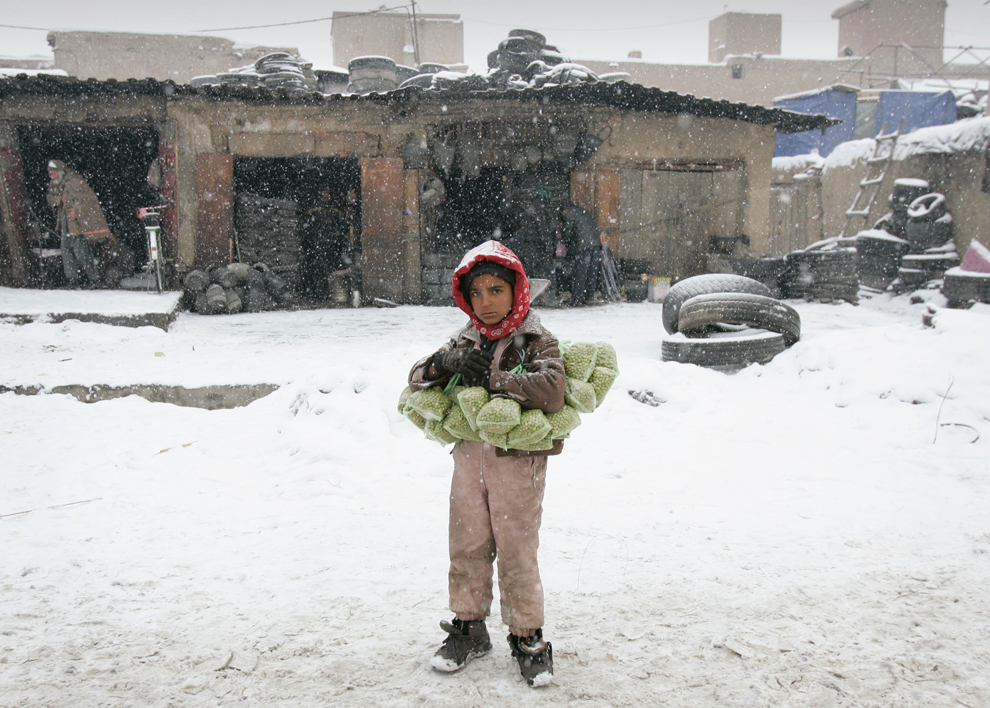
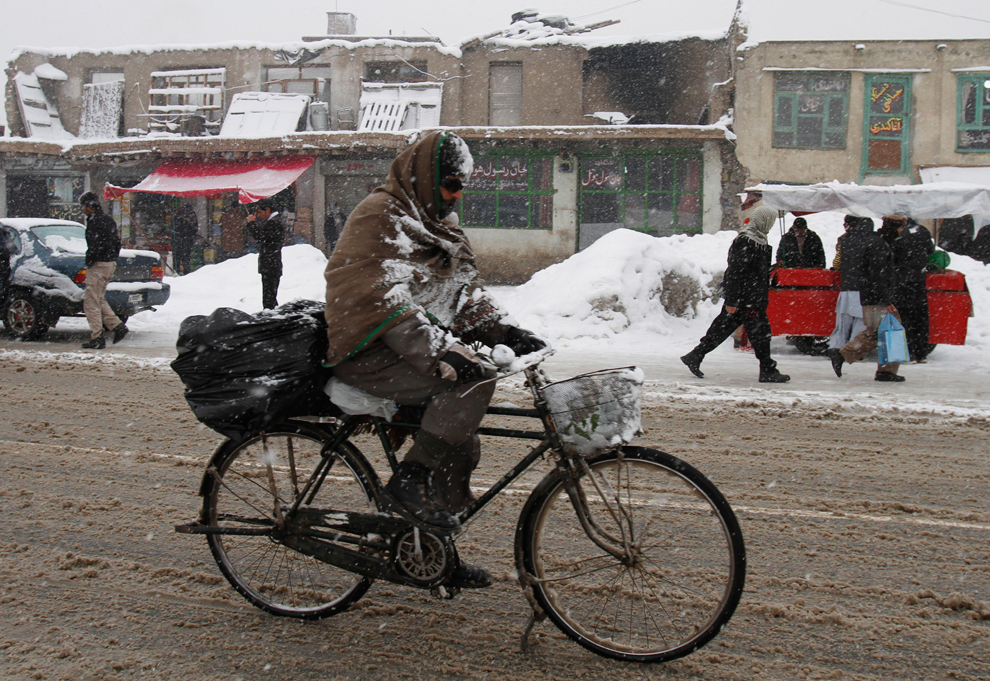
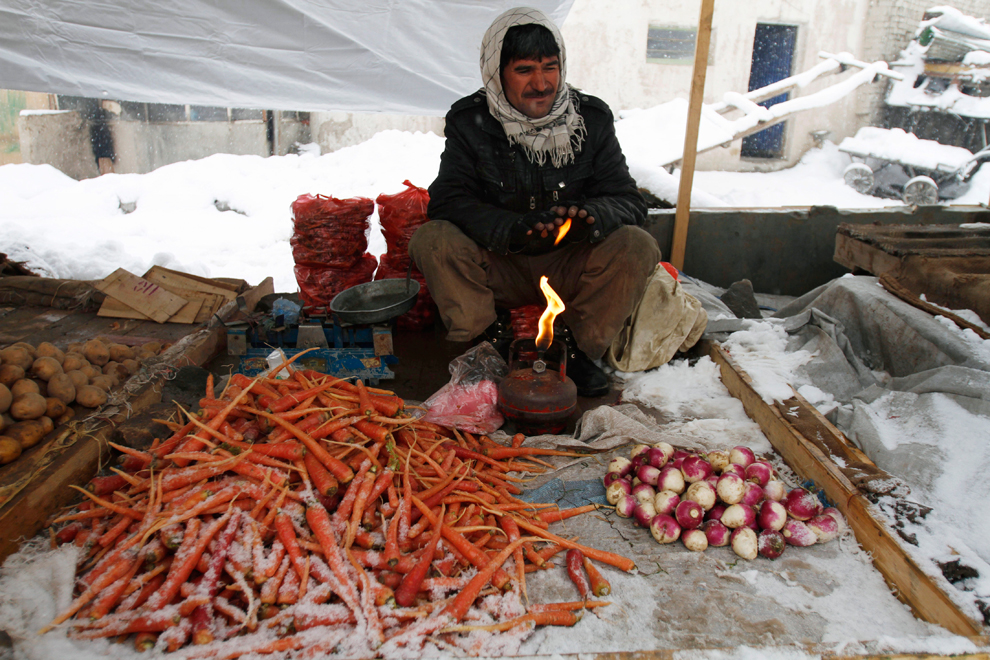
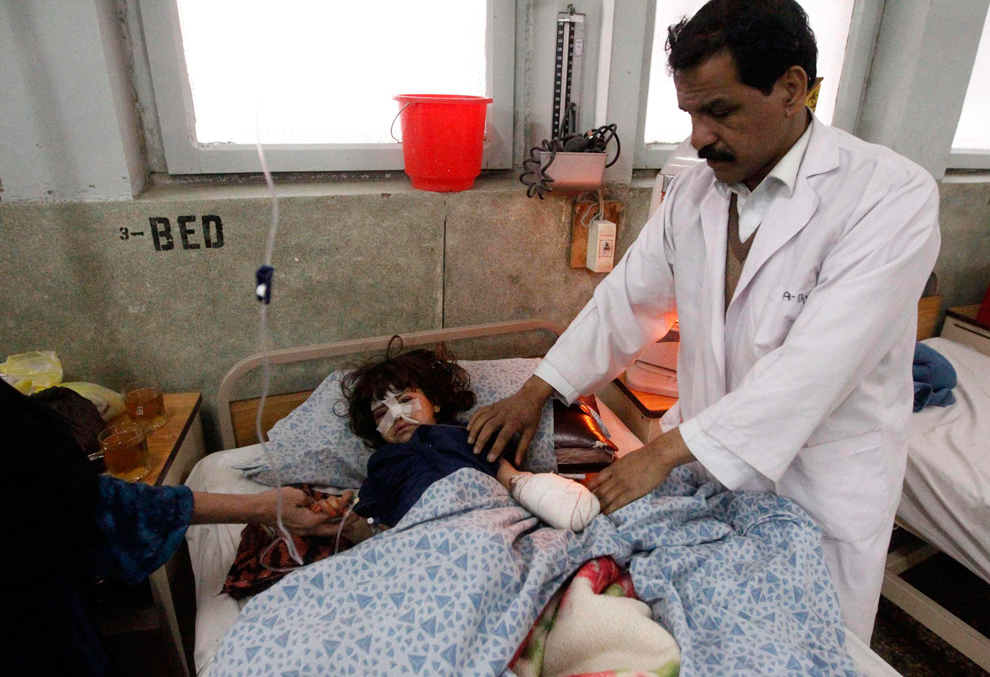
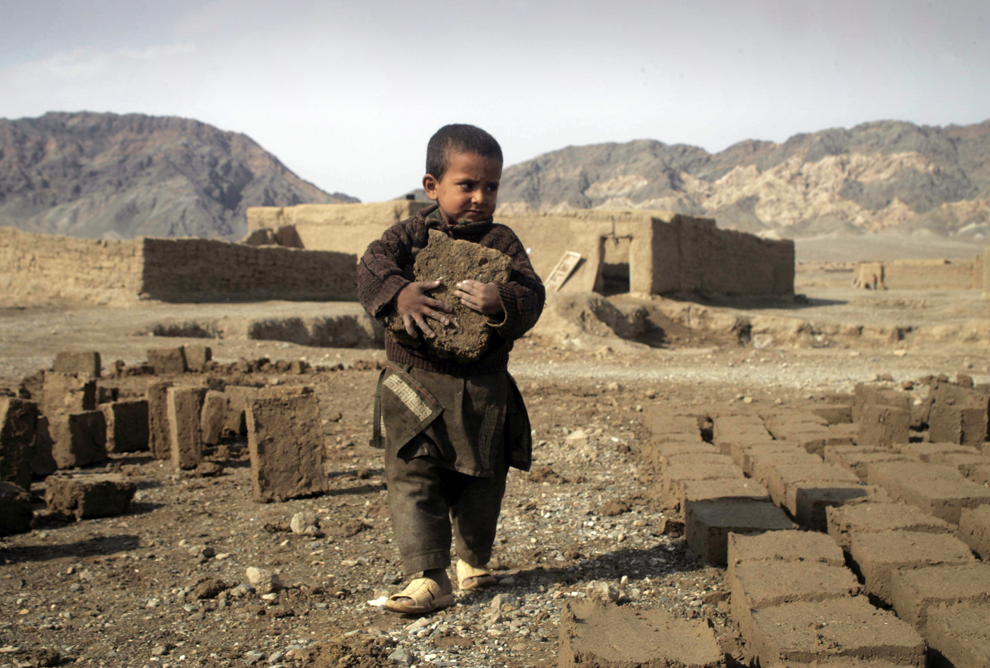
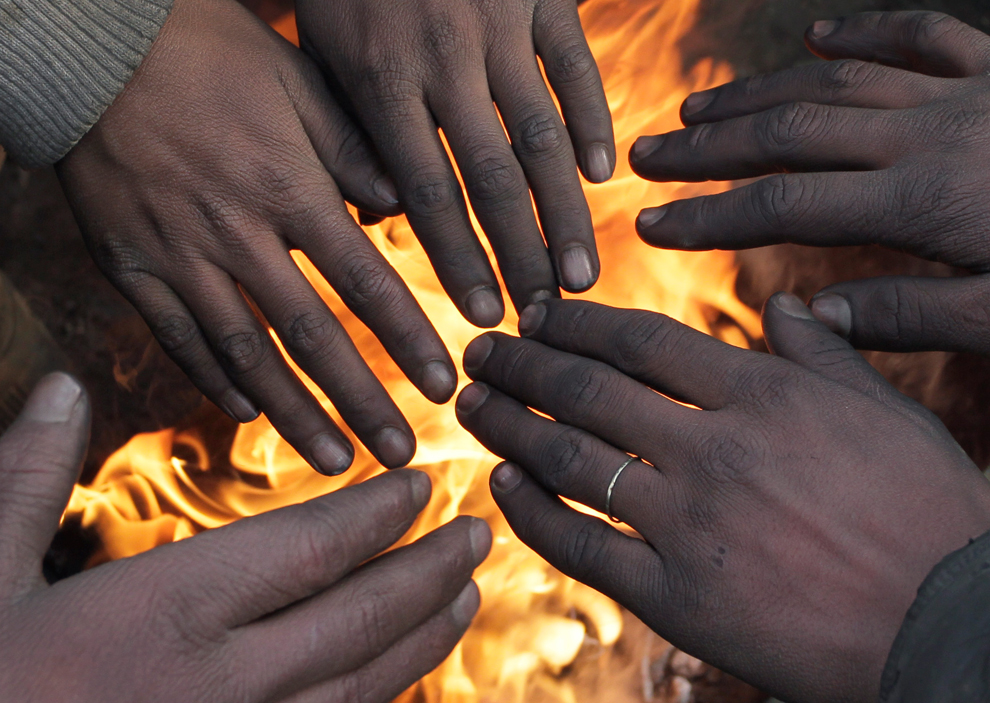

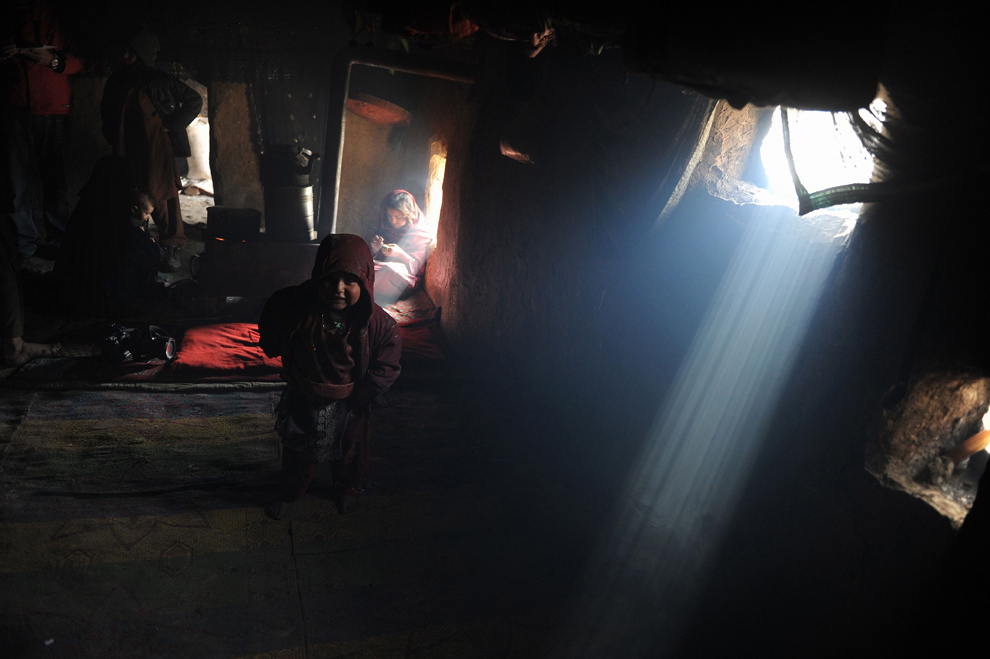

No comments:
Post a Comment